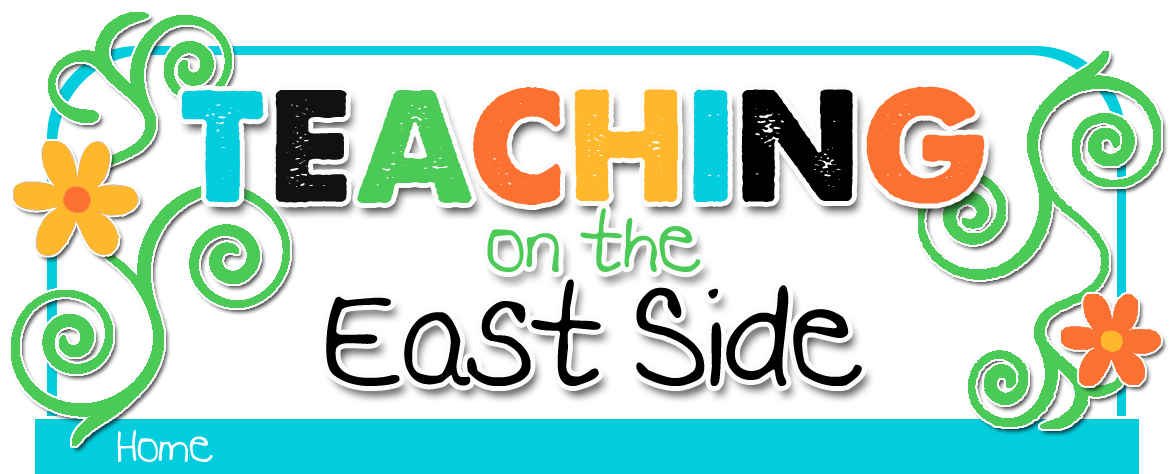After a brief chat on doing card sorts with groups by @samjshah on Twitter earlier this week, I was reminded of a method for doing a group card sort that I learned a couple years ago. I had completely forgotten about learning this at a school PD day and was thankful for the memory prompt. The method was presented by an amazing teacher on my campus, Ramy Mamoud.
Okay, let's take for example a card sort involving Linear, Quadratic and Exponential relationships(you could use this Card Sort) and a group of three students.
Here's how this card sort would work:
- Instruct the students that there is to be no talking during the first part of the sort.
- Have the students begin by laying out all of the cards face up in front of them.
- Instruct them to take the Title labels and lay them out to create three columns that the other cards will be added to.
- Now silently, without any help from each other, have them take turns placing the cards into the three groups, one student going at a time, Reinforce that they must remain silent, even if they think one of their group members is making a mistake and placing the card under the wrong title.
- The first student in the group chooses one card from the pile and lays it under the title in which he or she thinks it belongs. The second student takes a turn and does the same. The third student follows and the group continues going around, each member laying only one card at a time.
- During the silent, no talking time, you can play music for the class.
- When all of the cards have been placed, have each group sit silently while you wait for all groups to finish.
- When all groups are finished with this first part. Have the students take turns again, going one at a time, to move cards that they think may have been placed incorrectly.
- If a student feels as if a card was placed incorrectly, they pick it up, explain to the group why they think it was placed incorrectly, and then place in the proper place. If the group members do not agree, they should discuss and come to an agreement on where it should be placed.
- Finally, after the groups agree on the final placement of each card, the solution can be revealed.
- Follow up discussion might include having the groups pick a card or two that they weren't sure about, or couldn't agree upon and discuss as a class why that particular card was a struggle for them.
- Another follow up option would be to have each member of each group choose a card and then write their justification for putting it into the group that they did.
Some thoughts on why this method of a group card sort is a great activity:
First off, this activity is very low risk for the student. Because they must remain silent and cannot point out a card being placed in the wrong group during the first round, students don't have to worry about being called out for being wrong. By the time the group goes around several time to place all cards, no one remembers exactly who placed which card, so no risk of being called out at the end of the first round either.
Second, all members are totally engaged. While one student is placing his card, the other group members are looking over the remaining cards and deciding which one they want to place. They will typically look for a card that they feel that they can place correctly, so they are spending some time in thought about each card as they make their decision.
Finally, during the second round, students have the opportunity to move cards and discuss their reasoning for placing in a different group giving them time to look at and discuss cards they maybe aren't quite sure about.
I'm so glad I was reminded of this activity so that I can incorporate it into my plans for this year!
Would love to hear your thoughts!

